- HOME
- Japan Heritage and the ninja
- Remnants of ninja are still present today
Remnants of ninja are still present today
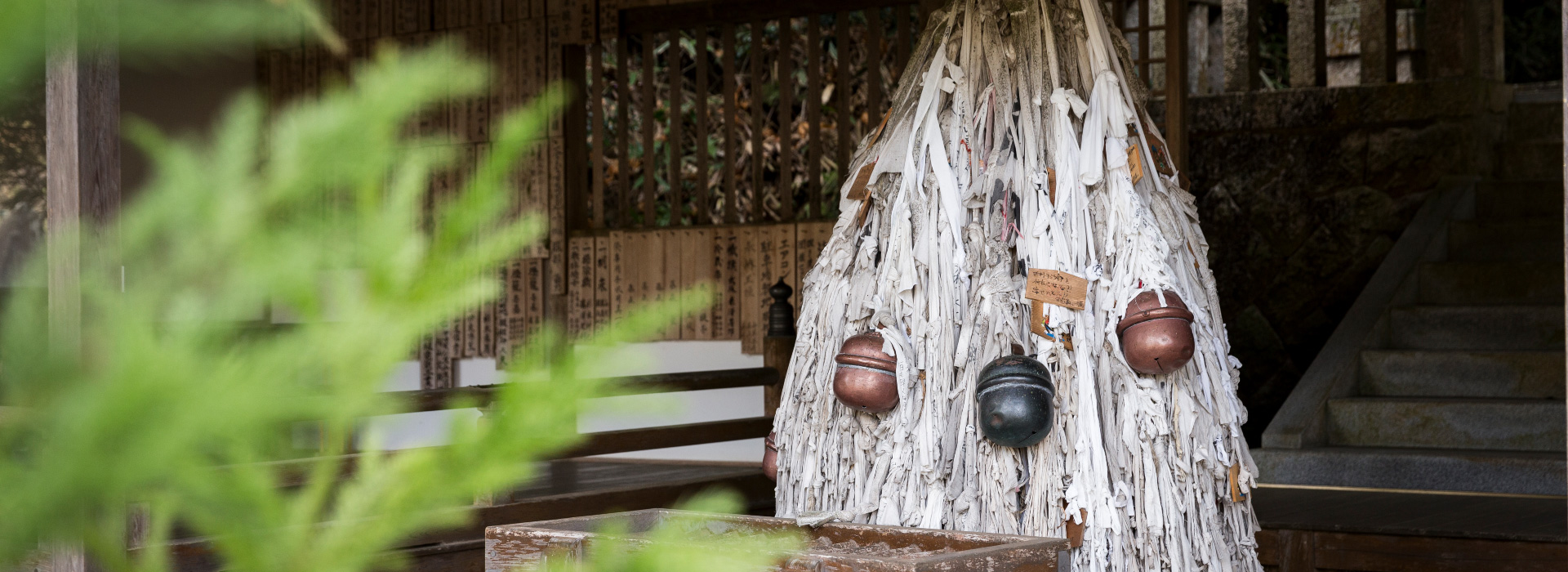
Let's climb the mountains surrounding Iga and Koga.
These are sacred sites of mountain Buddhism, and even today the ruins of temples surrounded by moss-covered stone walls can still be seen.
Iga's Sacred Mountain is home to numerous medieval stone structures, while Koka's Iidozan, one of the most sacred sites for ascetic practices in the Omi region, still echoes with the chanting of sutras chanted by mountain priests.
The sight of mountain priests chanting incantations and making seals and the smoke from goma, or a fiery fire, remind us of the real-life ninja of the modern age.
Down in the villages, visitors can see evidence of the prosperity of Tendai esoteric Buddhism in the numerous Buddhist statues from the Heian period (794-1185), and the background of the mystique felt by the ninja can be understood through contact with the austere religious culture.
The Shinto shrines of the villages were the meeting places of the ninja.
The Kasuga Shrine and the Ikoku Shrine in Iga were places where the ninja were united through ritual events, and their residences are scattered around these shrines.
The corridor that remains at Aburahi-jinja Shrine in Koka is the site of a yoroshiai, and the spectacular Nyufuri held once every five years in the shrine grounds shows the remnants of the old days when the samurai would gather to pay their respects to the local deity.
Entering the satoyama, the earthen castle buildings still remain in their original state, creating a tense world reminiscent of the Warring States period.
The houses of the village are surrounded by high square mounds of earth, where the descendants of the ninja still live.
The ninja of Iga and Koga were most skilled at gunpowder and medicines, which can be seen in the fireworks displayed at Tenriki-jinja, the shrine of the Iga Fujibayashi clan, who excelled in the art of pyrotechnics.
In the world of entertainment, the ninja have captured people's imagination and created many super ninja, but traces of their activities can still be found in the peaceful landscape, far removed from the warring states period.
Iga and Koga are the birthplace of the ninja.
A visit to these villages will reveal the true nature of the ninja.
The ninjutsu book "Bansenshukai" contains many references to firearms, and it is said that the "annual festival dedication fireworks display" held at Tenriki-jinja Shrine in Iga City began when Nagato Fujibayashi, a master of firearms, dedicated his shrine as a Ujiko (a shrine guardian).
In addition, the shrines of the villages were places for the ninja to hold councils.
The corridor that remains at Aburahi-jinja Shrine in Koka City is the site of a yosei (a meeting place), and the spectacular Nuno-furi (dance performance) that takes place once every five years in the shrine grounds shows the vestiges of how the samurai used to gather and pay homage to the shrine's deity.
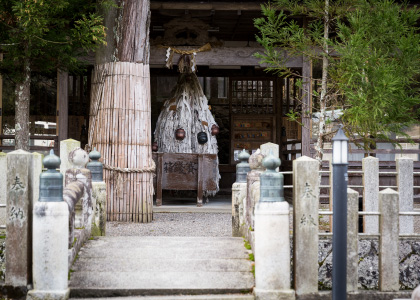
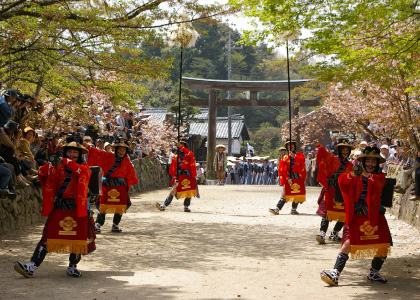
-
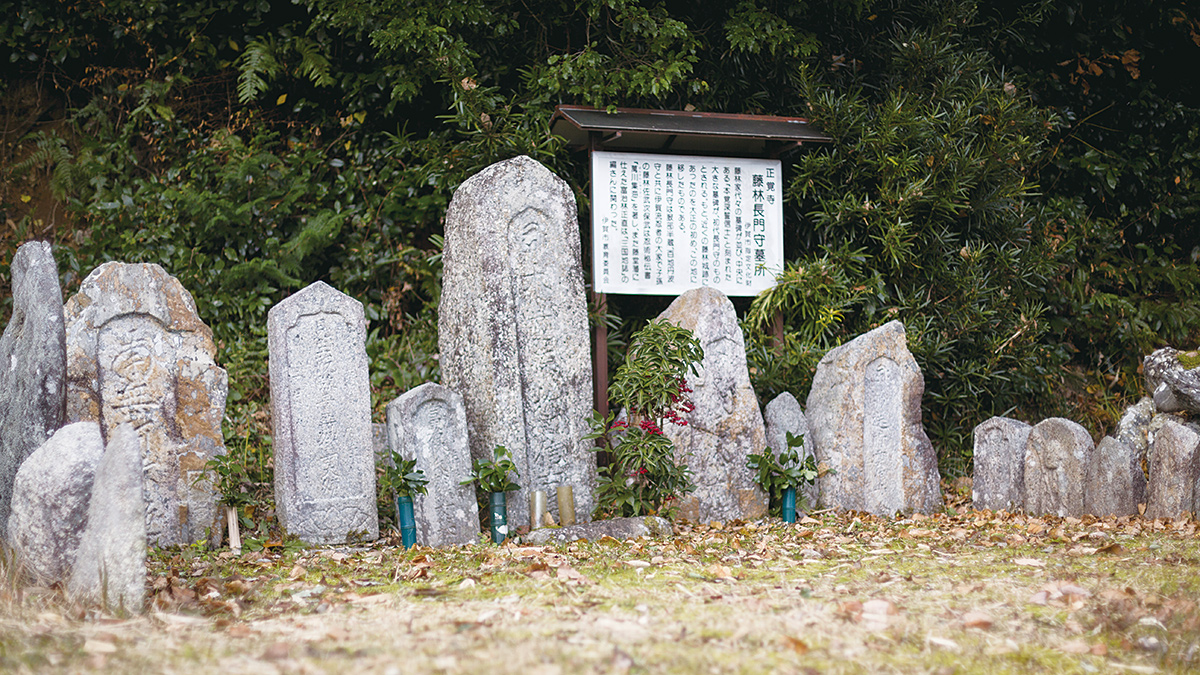
Fujibayashi Nagatonokami graveyard
-
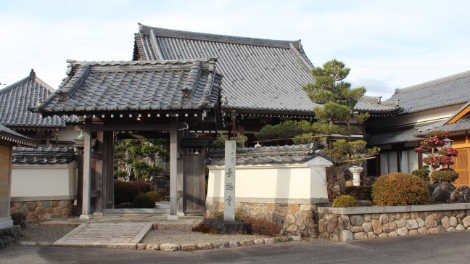
A Temple related to the Koka One Hundred-Member Gun Squad
-
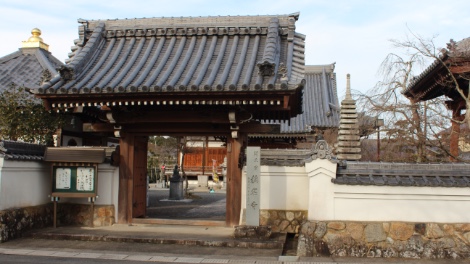
A Temple related to the Koka One Hundred-Member Gun Squad
-
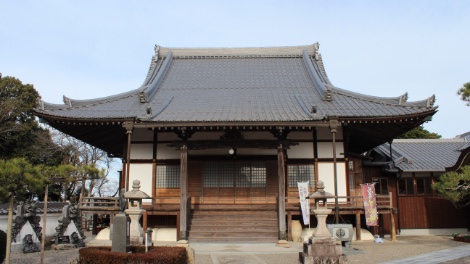
A Temple related to the Koka One Hundred-Member Gun Squad
-
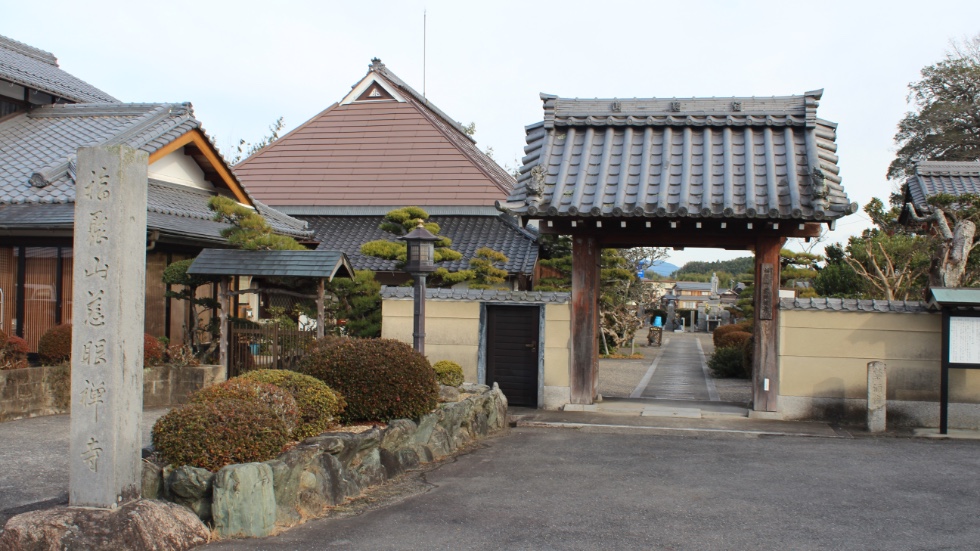
A Temple related to the Koka One Hundred-Member Gun Squad
-
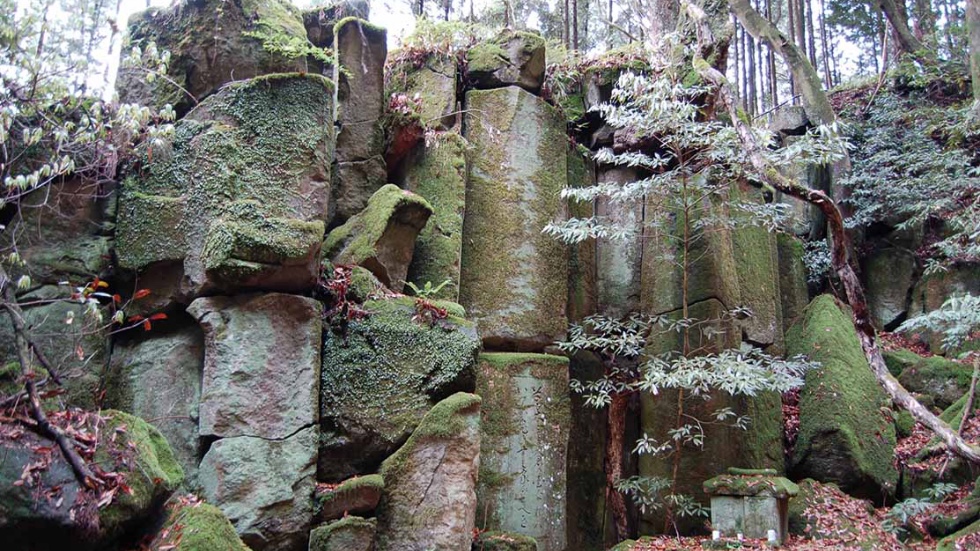
Chikata Kustsu Cave
-
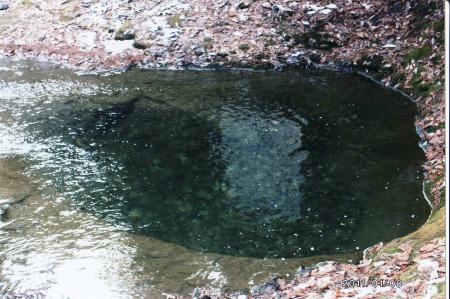
Sakayanagi, Chikobe-ga-ido, and Tosakabuchi
-
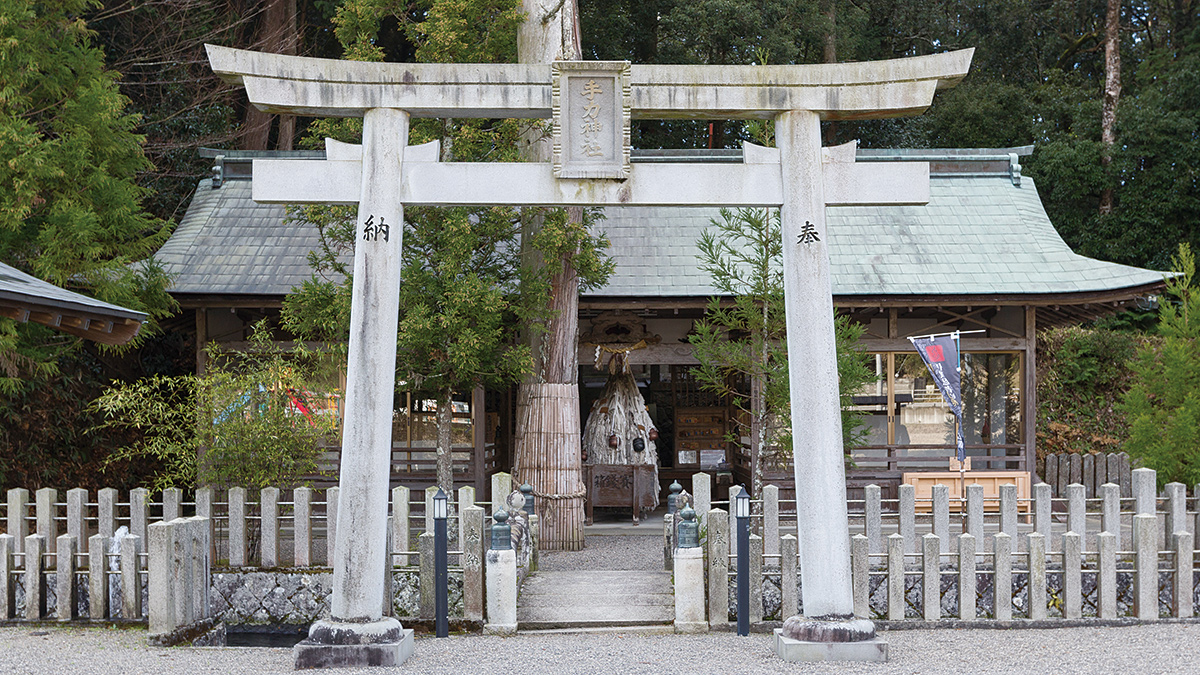
Tejikara-jinja Shrine, the guardian deity shrine of Fujibayashi Nagato-no-kami, one of the three greatest Iga ninjas
-
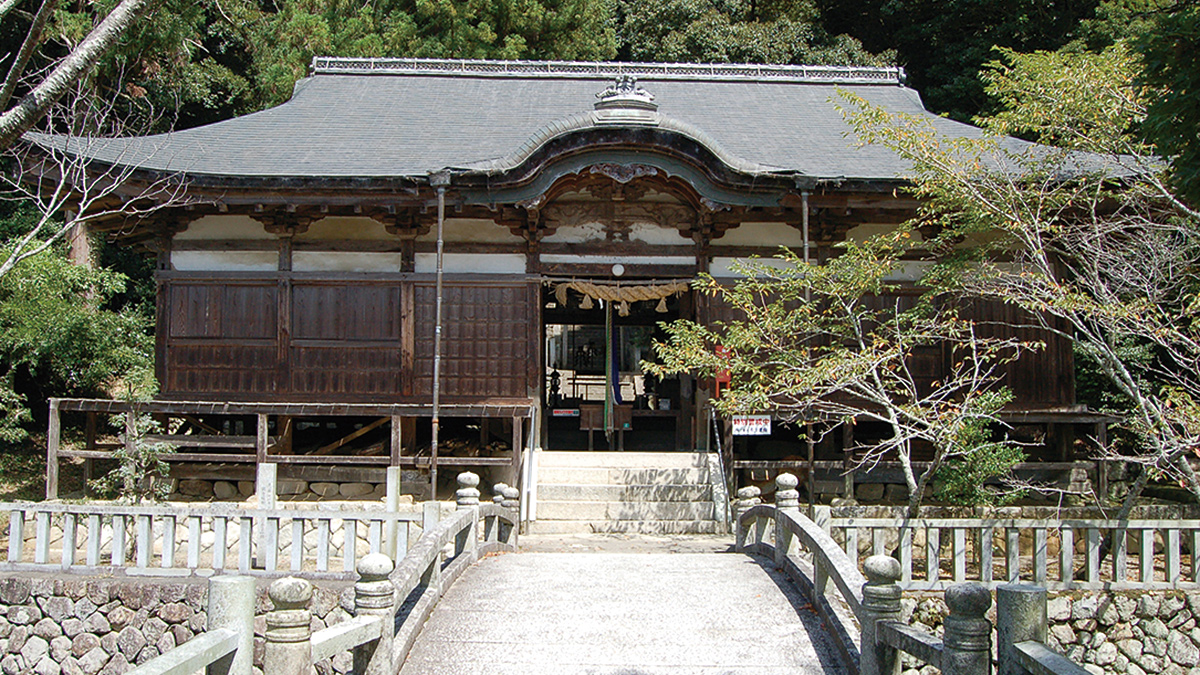
Kasuga-jinja Shrine, the guardian deity shrine for the Iga clan in Mibuno area
-
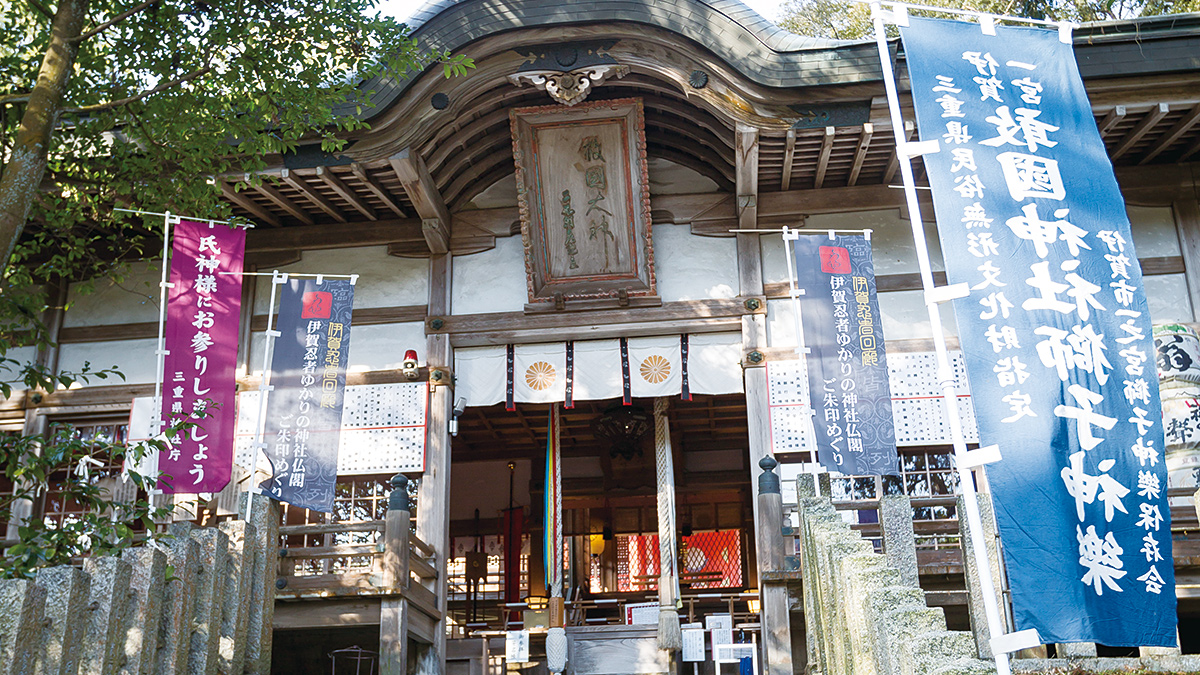
Aekuni-jinja Shrine, the shrine where festive events of the Hattori clan were held
-
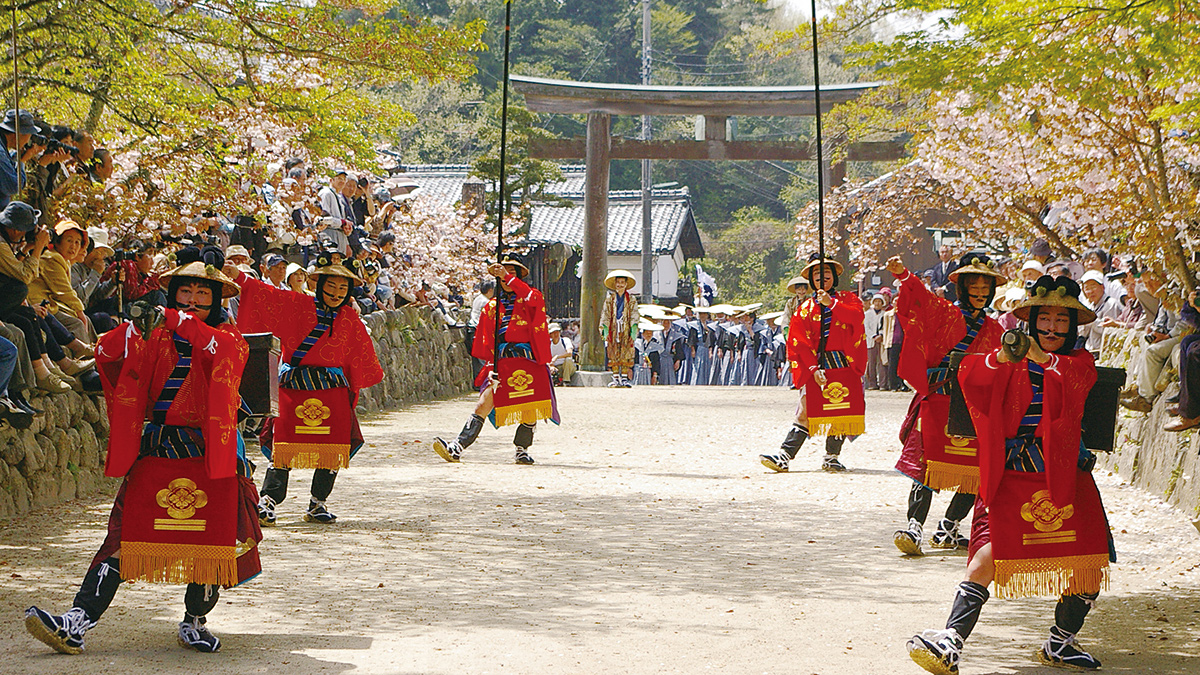
Aburahi-jinja Shrine
-
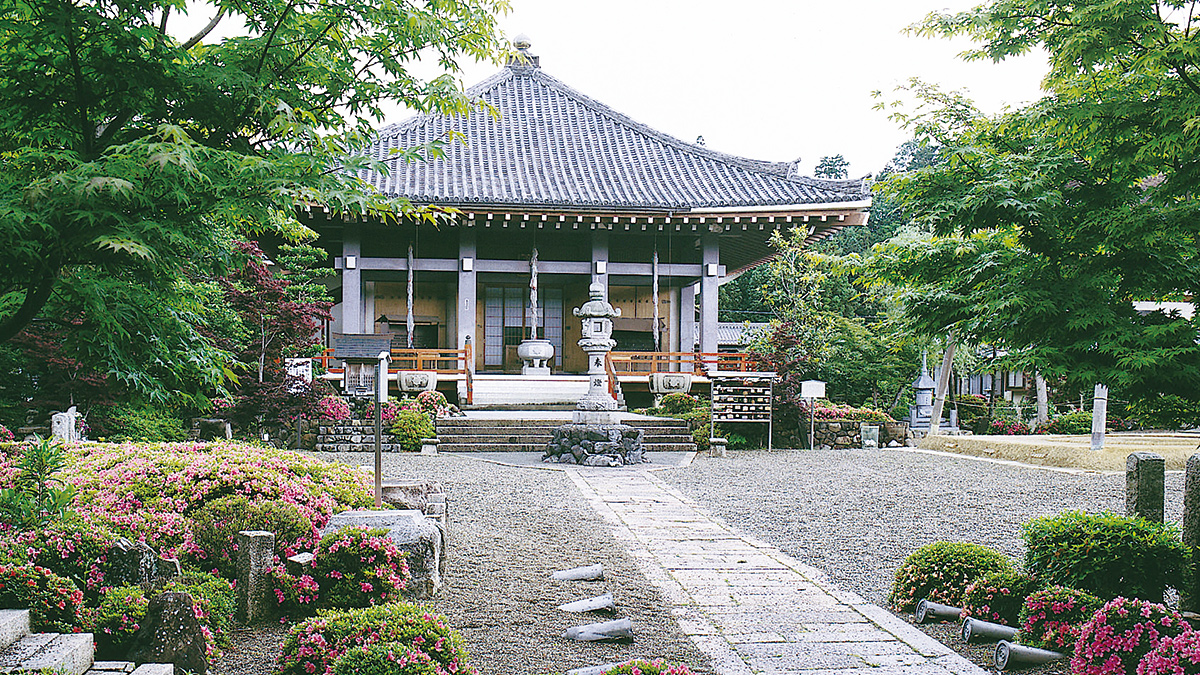
Rakuya-ji Temple
-
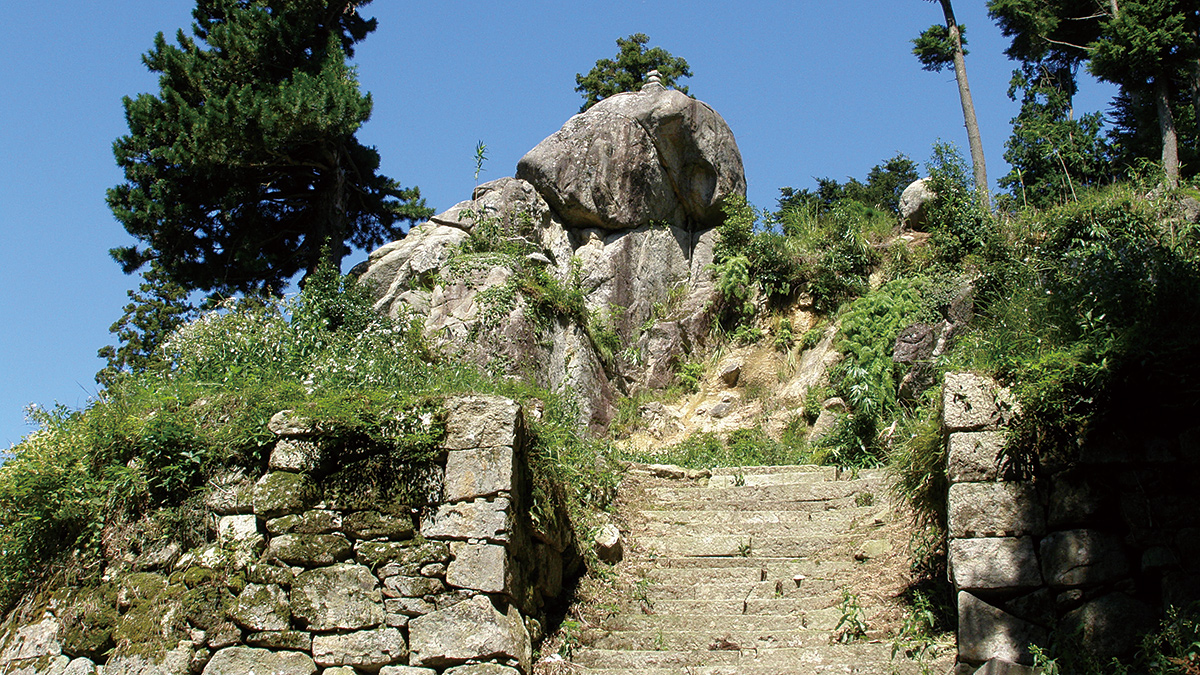
Mt. Hando-san and Hando-jinja Shrine
-
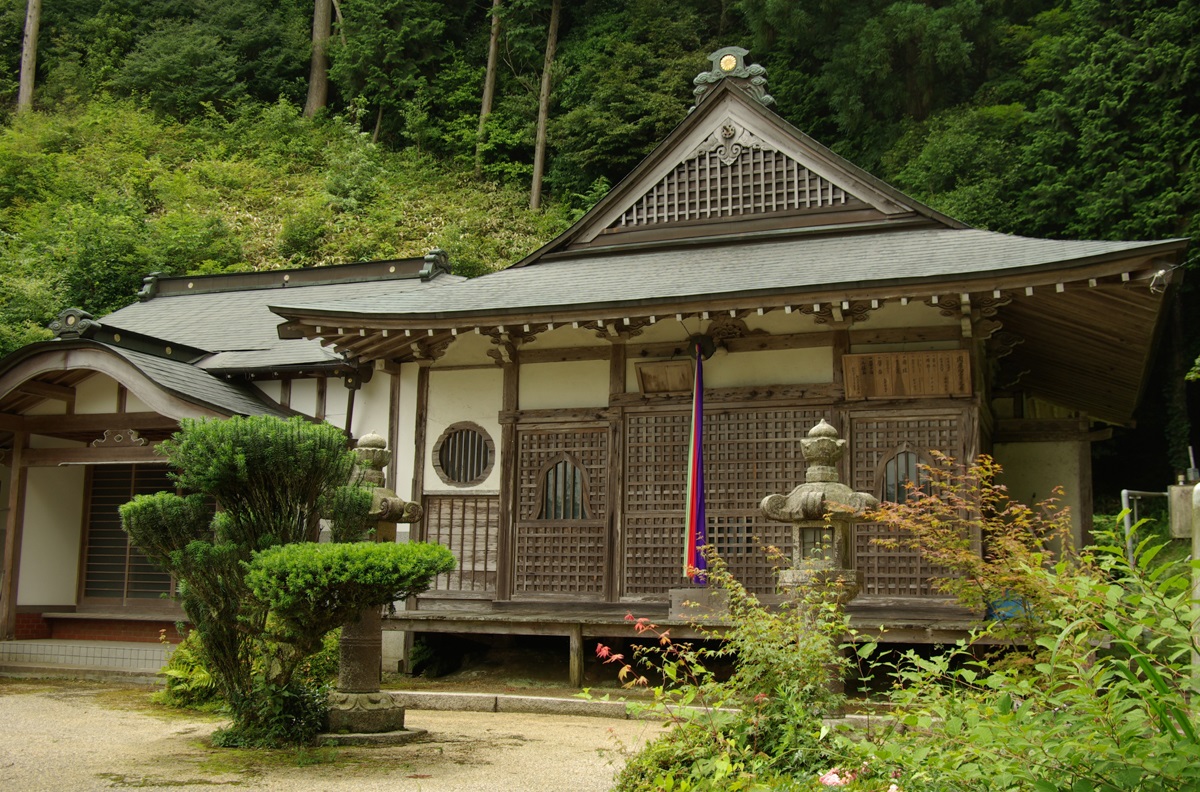
Iwaosan Sokusho-ji Temple
-
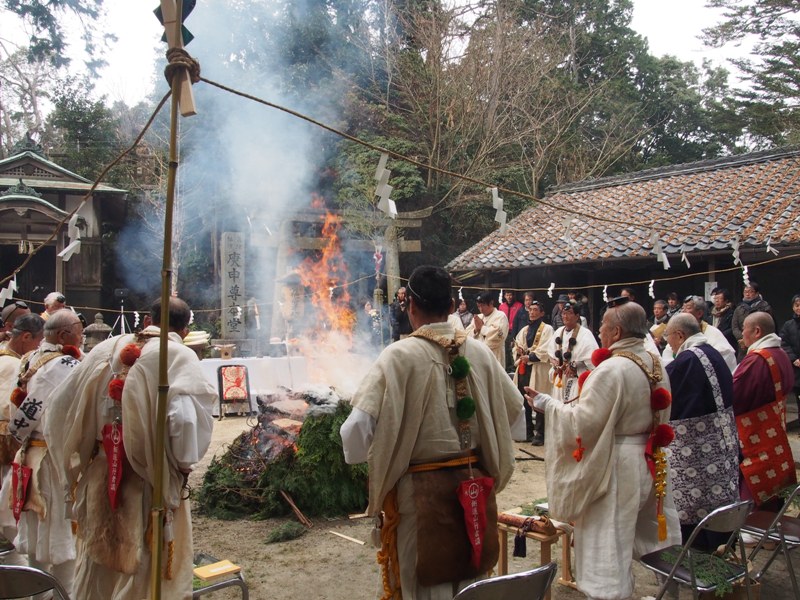
Koshin-san Kotoku-ji Temple

